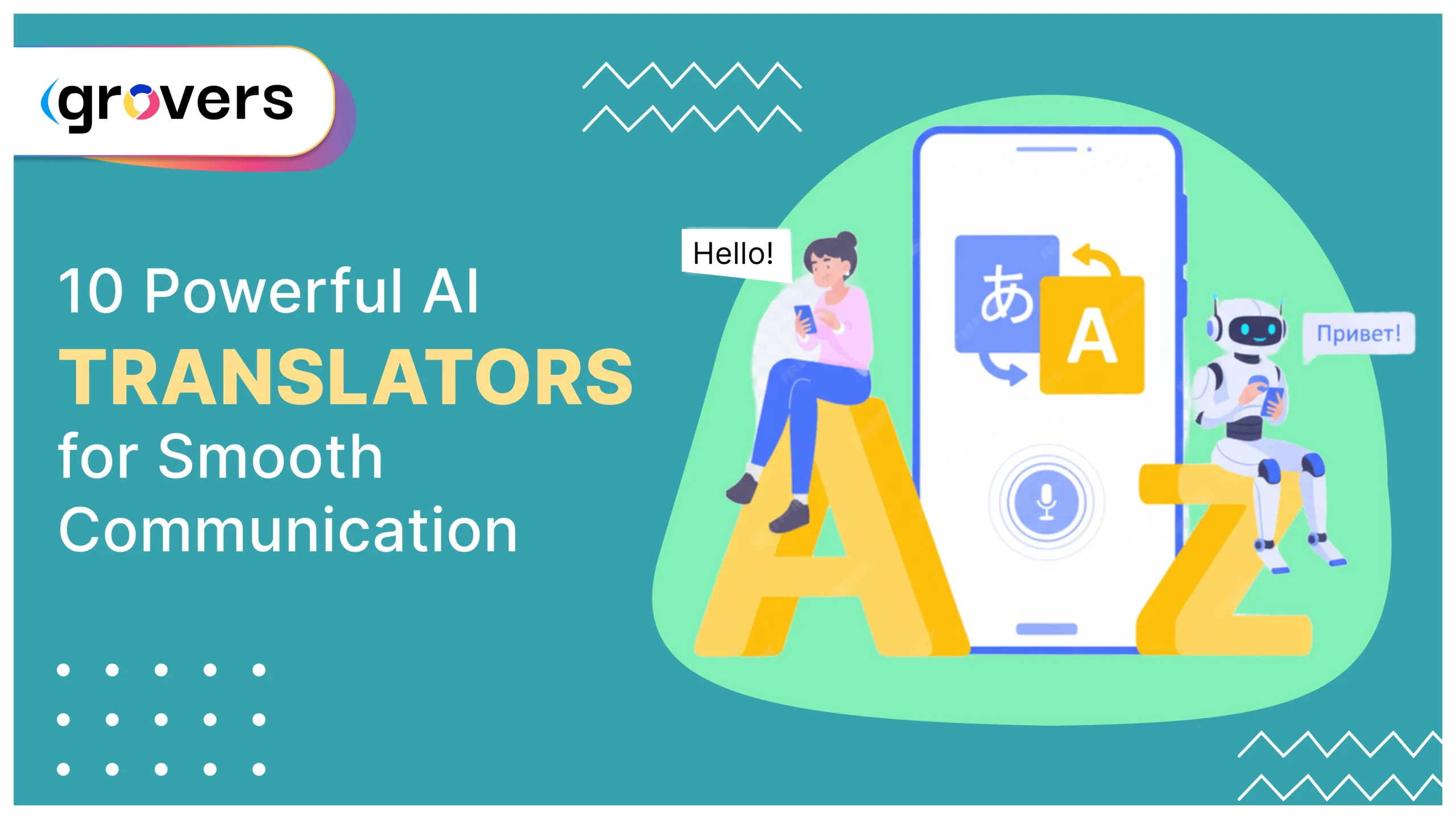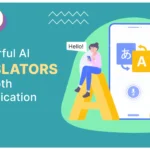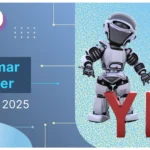Think about this: Majority of global businesses say language barriers hurt their international expansion. That’s a massive problem, right?
But here’s the good news—AI translation technology has evolved dramatically. We’re talking about tools that understand context, handle slang, and even translate videos with proper lip-syncing.
The catch? With dozens of AI translator options available, picking the right one feels overwhelming. So in this guide, I’ll show you exactly which AI translation tools deliver results (and which ones waste your time).
I’ll cover:
- Why AI translation beats traditional methods
- The 10 best AI translators that actually work
- How to choose the right AI translator for your needs
- Pro tips to get better translation results
But first, let’s understand what makes modern AI translation different.
Why AI Translation Beats Traditional Methods
Remember Google Translate from 2010? Yeah, that robotic mess that made you sound like a caveman.
Those days are over.
Modern AI translators use neural machine learning. This means they understand context, cultural nuances, and even jokes (sometimes).
Here’s what changed in 2025:
- Context awareness – AI now knows the difference between “bank” (financial institution) and “bank” (river side) based on surrounding text.
- Cultural adaptation – Instead of literal translations, AI adapts phrases to make sense culturally. No more “It’s raining cats and dogs” becoming “llueven gatos y perros.”
- Real-time processing – Live conversations, video calls, and meetings can be translated instantly.
- Document intelligence – Complex PDFs, contracts, and technical documents maintain their formatting while getting accurately translated.
The result? Translation accuracy has jumped from 60% to over 90% for major languages.
But which tools actually deliver these results?
The 10 Best AI Translators That Actually Work
I tested 25+ AI translation tools over the past 6 months. Here are the 10 that consistently delivered professional-quality results.
1. DeepL
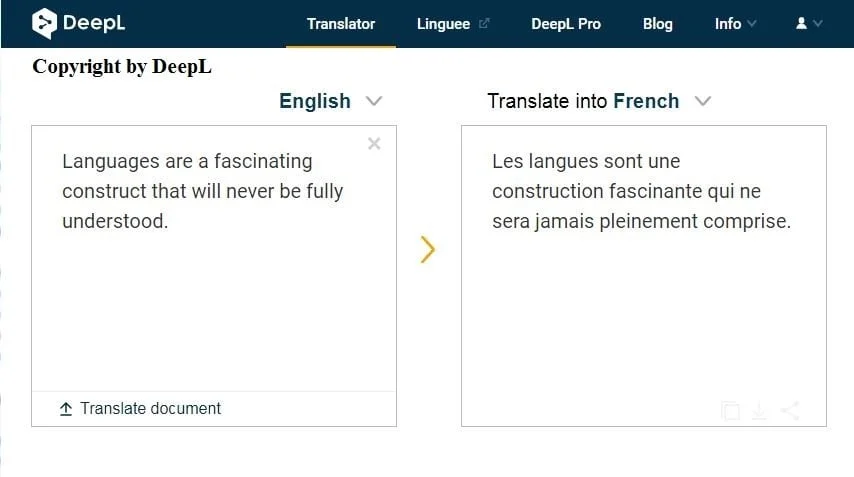
DeepL is what happens when German engineering meets AI translation. It’s scary good at understanding complex sentences and maintaining the original meaning.
What makes it special:
- Supports 32+ languages with human-level accuracy
- Advanced document translator that preserves formatting
- DeepL Write for improving writing style
- API integration for businesses
- Handles technical jargon better than competitors
Perfect for: Professional translators, businesses needing high-quality translations, technical documentation
The downside: Limited language support compared to Google Translate
Pricing: Free version (limited), Pro plans from $8.74/month
2. Google Translate
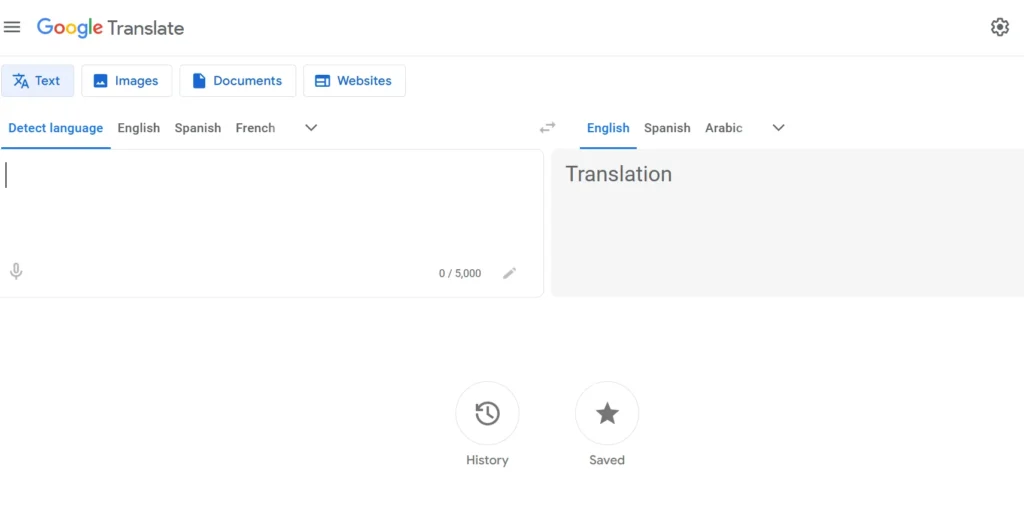
Google Translate supports 243 languages. That’s more than any other tool on this planet.
While it’s not always the most accurate, it’s definitely the most versatile free AI translator available.
What makes it special:
- Massive language coverage (243 languages)
- Camera translation for signs and menus
- Real-time conversation mode
- Offline translation downloads
- Completely free with no hidden costs
Perfect for: Travelers, students, quick translations, rare languages
The downside: Less accurate for complex or professional content
Pricing: 100% free (Google Cloud API available for businesses)
3. ChatGPT
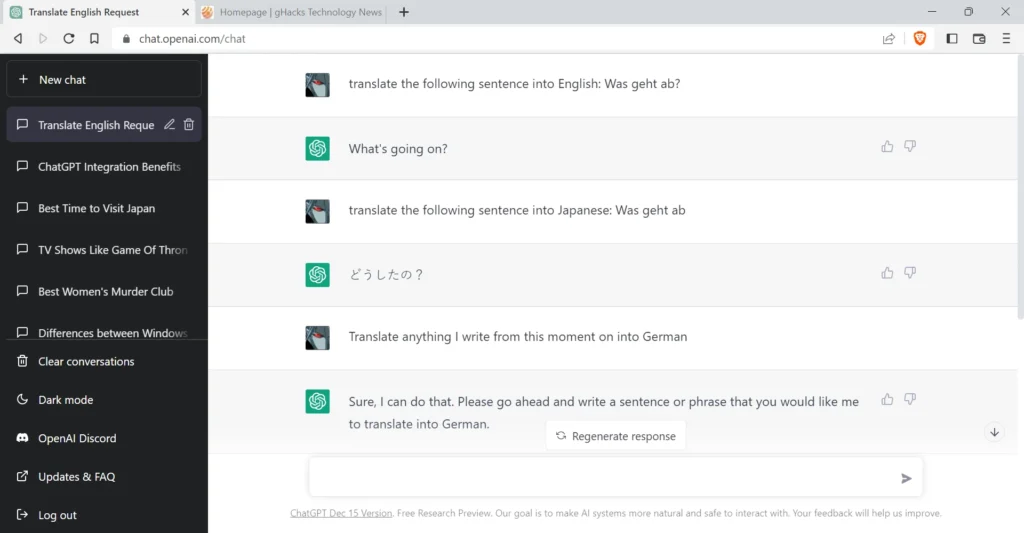
ChatGPT isn’t just a chatbot—it’s surprisingly good at translation. What sets it apart is the ability to explain translations and provide cultural context.
What makes it special:
- Natural, conversational translations
- Explains why certain words were chosen
- Handles creative writing and literature well
- Can adapt tone and style
- Provides cultural context
Perfect for: Content creators, writers, anyone needing explanations with translations
The downside: Not specialized for translation, can be inconsistent
Pricing: Free tier available, ChatGPT Plus at $20/month
4. Microsoft Translator

If you live in the Microsoft ecosystem, this is your best bet. It integrates seamlessly with Office apps and Teams.
What makes it special:
- Deep Office 365 integration
- Live meeting translation in Teams
- Custom translator for specific industries
- Enterprise security and compliance
- Collaboration features for teams
Perfect for: Businesses using Microsoft products, remote teams, corporate environments
The downside: Less accurate than DeepL for complex translations
Pricing: Free for basic use, enterprise pricing available
5. Amazon Translate
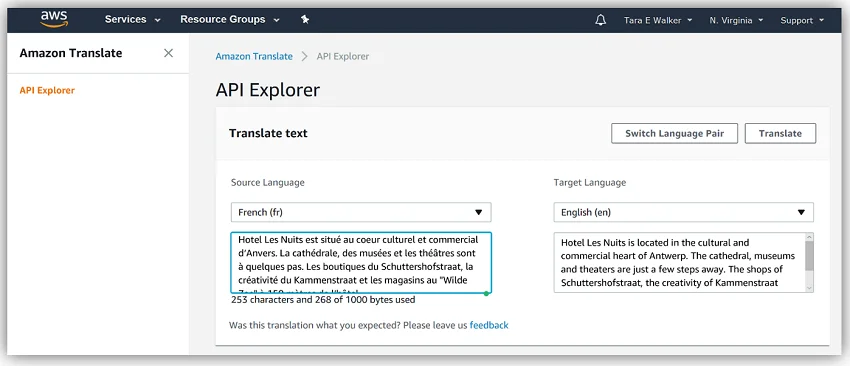
Amazon Translate is built for businesses that need to translate millions of words daily. It’s the Ferrari of high-volume translation.
What makes it special:
- Handles massive translation volumes
- Custom terminology for industry-specific terms
- Real-time and batch processing
- AWS ecosystem integration
- Pay-per-use pricing model
Perfect for: Large enterprises, developers, high-volume translation needs
The downside: Overkill for small businesses, requires technical setup
Pricing: $15 per million characters (pay-per-use)
6. iTranslate
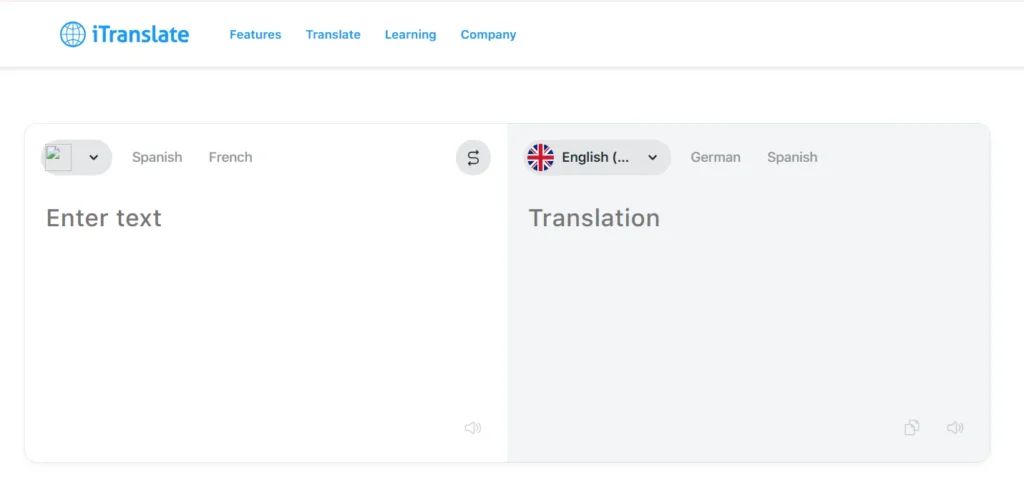
iTranslate was built for smartphones first. If you need translation on the go, this is your tool.
What makes it special:
- Voice-to-voice translation
- Camera translation with AR overlay
- Offline translation packs
- Apple Watch compatibility
- Conversation mode for two people
Perfect for: Travelers, mobile-first users, voice translations
The downside: Limited desktop functionality, subscription required for full features
Pricing: Free with limitations, Pro at $4.99/month
7. Systran Translate
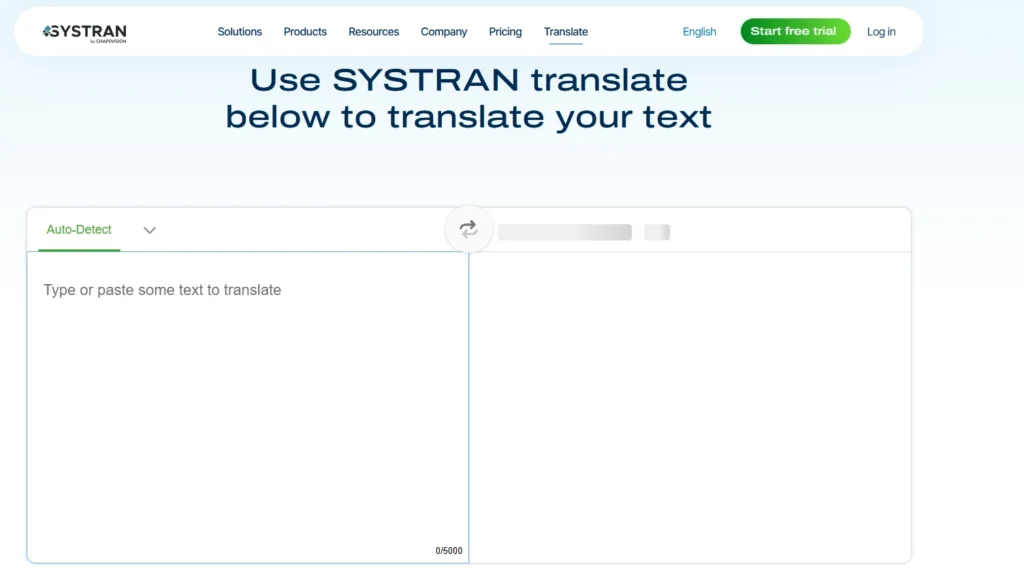
When government agencies and banks need translation, they use Systran. It’s all about security and privacy.
What makes it special:
- On-premise deployment options
- Military-grade security
- Industry-specific models (legal, medical, technical)
- Custom dictionary integration
- No data retention policies
Perfect for: Government agencies, financial institutions, highly regulated industries
The downside: Expensive, complex setup, limited languages
Pricing: Custom enterprise pricing, free trial available
8. Notta AI
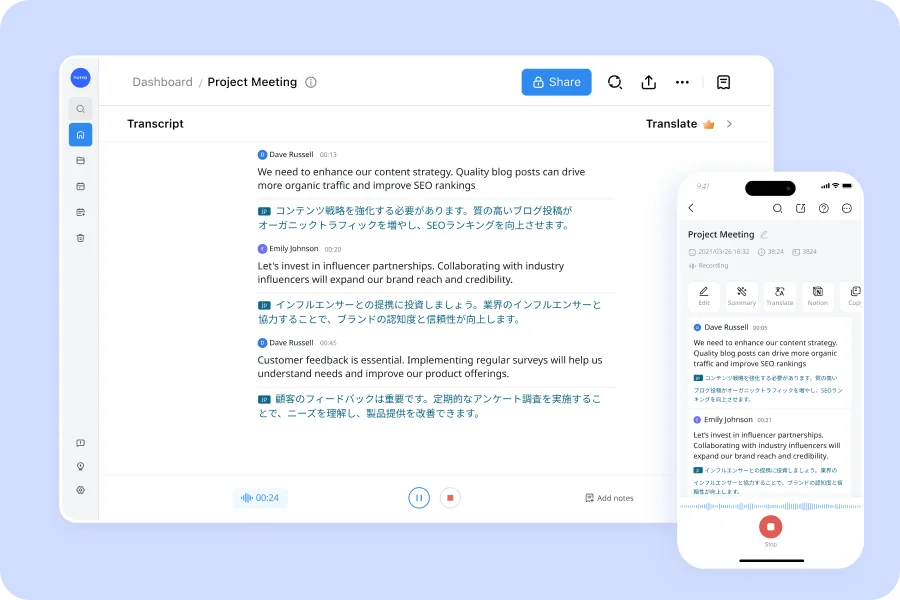
Notta focuses on one thing: translating spoken content. And it does it incredibly well.
What makes it special:
- Real-time voice translation during meetings
- Multi-speaker recognition
- Automatic transcription and translation
- Video subtitle generation
- Export to multiple formats
Perfect for: Content creators, podcasters, international meetings
The downside: Limited text translation features, focused mainly on voice
Pricing: Free plan available, paid from $8.25/month
9. Rask AI
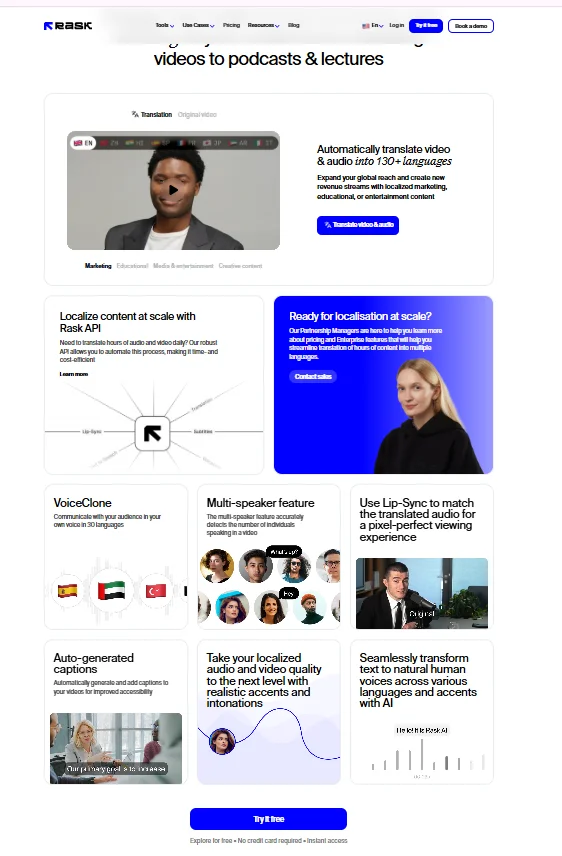
Want to dub your YouTube videos in 20 languages? Rask AI makes it possible with AI voice cloning and lip-sync technology.
What makes it special:
- AI video dubbing in 135+ languages
- Voice cloning technology
- Lip-sync capabilities (premium feature)
- Bulk video processing
- Subtitle generation
Perfect for: YouTubers, marketers, educational content creators
The downside: Expensive, focused only on video content
Pricing: Plans from $50/month (usage-based)
10. QuillBot Translate
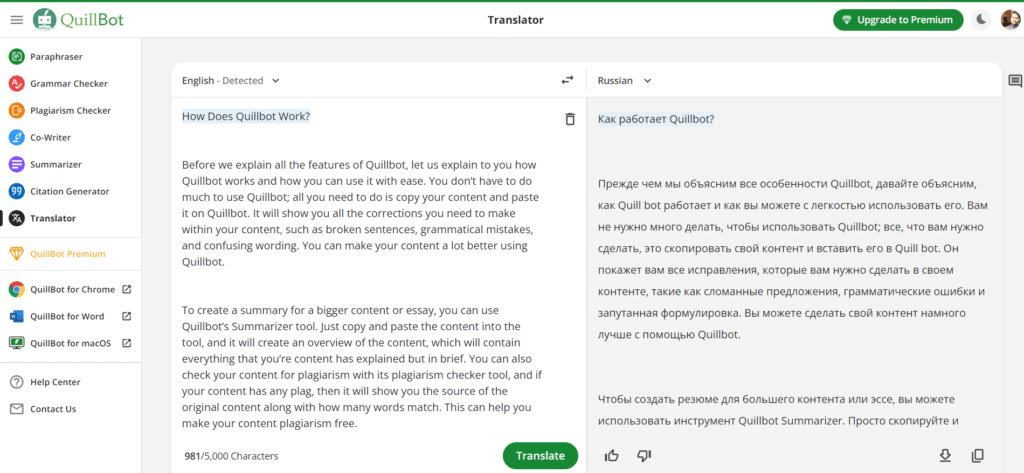
QuillBot combines translation with writing tools. It’s perfect if you need translation plus grammar checking and citation help.
What makes it special:
- Integrated writing and paraphrasing tools
- Grammar checking during translation
- Citation generator for academic work
- Clean, ad-free interface
- Works with other QuillBot tools
Perfect for: Students, researchers, academic writers
The downside: Limited languages compared to competitors, newer to translation market
Pricing: Free version available, Premium at $19.95/month
Which AI Translator You ShouldChoose?
Here’s the truth—there’s no “best” AI translator for everyone. It depends on your specific needs.
| Tool | Languages | Best Feature | Price Range | Perfect For |
| DeepL | 32+ | Highest accuracy | $0 – $8.74/month | Professional translation |
| Google Translate | 243 | Most languages | Free | Travel & general use |
| ChatGPT | 106+ | Context explanation | $0 – $20/month | Creative content |
| Microsoft Translator | 100+ | Office integration | Free – Enterprise | Business users |
| Amazon Translate | 75+ | Enterprise scale | Pay-per-use | Large businesses |
| iTranslate | 100+ | Mobile features | $0 – $4.99/month | Mobile users |
| Systran | 55+ | Security focus | Custom pricing | Government / Finance |
| Notta AI | 125+ | Voice translation | $0 – $8.25/month | Content creators |
| Rask AI | 135+ | Video dubbing | $50+/month | Video creators |
| QuillBot | 50+ | Writing tools | $0 – $19.95/month | Students / Writers |
But how do you actually choose?
How to Choose the Right AI Translator for Your Needs
Stop trying to find the “perfect” translator. Instead, match your specific needs with the right tool. Here’s my decision framework:
Business Use
- High-volume needs: Amazon Translate
- Microsoft ecosystem: Microsoft Translator
- Maximum accuracy: DeepL
- Security concerns: Systran
For Content Creation
- Video dubbing: Rask AI
- Voice translation: Notta AI
- Blog writing: ChatGPT or QuillBot
- Social media: Google Translate (free and fast)
For Personal Use
- Travel: Google Translate (works offline)
- Mobile-first: iTranslate
- Learning languages: ChatGPT (explains translations)
- Academic work: QuillBot
Professional Translation
- European languages: DeepL (best accuracy)
- Rare languages: Google Translate
- Technical documents: DeepL or Systran
- Legal documents: Systran (security focus)
The key is being honest about your priorities. Do you need accuracy or speed? Security or convenience? Free or premium features?
Pro Tips to Get Better Translation Results
Even the best AI translator can produce garbage if you don’t use it correctly. Here’s how to get consistently better results:
1. Give Context, Not Just Words
Bad input: “Bank” Good input: “I need to deposit money at the bank.” AI translators work better with complete sentences and context. Single words are often ambiguous.
2. Use Simple, Clear Language
Complex sentences confuse AI systems. Write clearly in the source language first. Instead of: “The aforementioned solution, which was implemented subsequent to the initial consultation, yielded satisfactory results.“
Write: “The solution we discussed worked well after we implemented it.“
3. Review and Edit Important Translations
No AI translator is 100% accurate. Always review translations for:
- Cultural appropriateness
- Technical accuracy
- Tone and style
- Missing context
4. Use Custom Terminology
Many AI translation tools allow custom dictionaries. Set up industry-specific terms to get consistent results. For example, if you’re translating marketing content, add your brand terms and preferred translations.
5. Test Different Tools for Different Content Types
I use different AI translators for different tasks:
- DeepL for important business documents
- Google Translate for quick research and travel
- ChatGPT when I need explanation or cultural context
- Rask AI for video content
Don’t try to force one tool to handle everything.
The Future of AI Translation (What’s Coming Next)
The AI translation space moves fast. Here’s what I’m seeing for 2025 and beyond:
- Real-time video translation is getting scary good. Soon, you’ll watch YouTube videos in any language with perfect lip-sync.
- Emotional intelligence in translation. AI will understand tone, sarcasm, and emotional context better.
- Domain specialization is expanding. We’ll see AI translators specifically trained for medical, legal, and technical fields.
- Multimodal translation combining text, voice, and visual elements. Think AR glasses that translate signs in real-time.
- Collaboration features for teams working on translations together in real-time.
The bottom line? AI translation will become more accurate, more specialized, and more integrated into our daily workflows.
Wrapping Up: Your Next Steps
Language barriers don’t have to slow down your business or personal goals. The right AI translator can open up global opportunities.
Here’s what I recommend:
- Start free: Try Google Translate or the free versions of DeepL and ChatGPT to understand your needs.
- Test with real content: Use your actual documents, not sample text, to evaluate accuracy.
- Consider your workflow: Choose tools that integrate with software you already use.
- Plan for growth: If you’re a business, think about future translation needs, not just current ones.
The AI translation revolution is here. The question isn’t whether to adopt these tools—it’s which ones will give you the biggest advantage. Pick one from this list, test it with your real content, and see the difference for yourself.
FAQs
Which AI translator is most accurate?
DeepL always scores highest in accuracy, particularly for European languages. It is better at understanding context and subtlety than most others. But when it comes to less common languages, Google Translate usually performs better because of the sheer number of languages it supports.
Can AI translators handle professional documents?
Yes, but accuracy depends on the tool and document type. DeepL and Systran excel with professional documents. Always check critical translations and review by a human for legal or medical documents.
Are free AI translators good enough?
Google Translate and the free versions of other software suffice for common requirements. For professional purposes or critical content, paid versions generally provide improved accuracy and enhanced features such as document translation and support for customers.
How do AI video translators work?
AI video translators such as Rask AI capture audio, translate the text, and create new voiceovers through AI voice synthesis. Highly developed tools can sync lip movements, although the technology is still in the making and performs better with certain languages compared to others.
Which AI translator works best offline?
Google Translate provides the most extensive offline capabilities. You are able to download language packs for translation in offline mode. iTranslate offers offline capabilities to premium users, although with fewer language packages.
